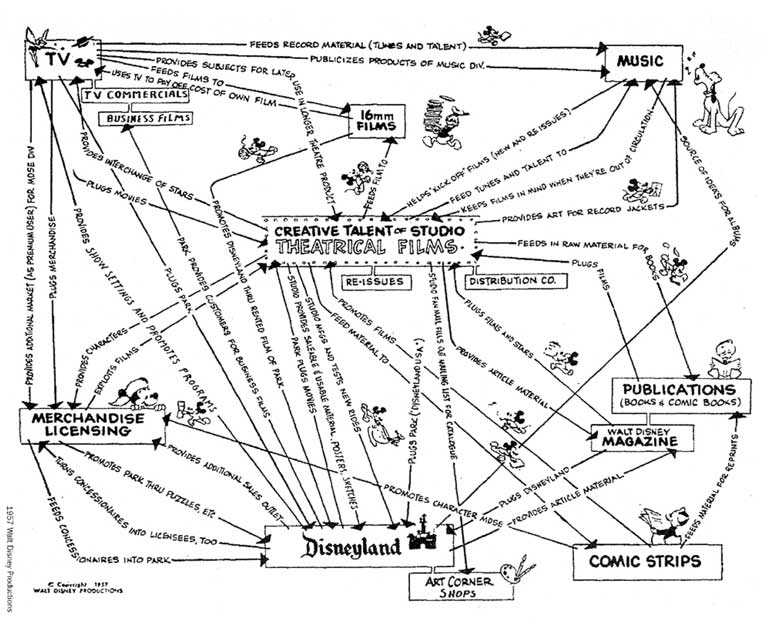The myth of strategic planning
“Planning is not the panacea for lack of a cohesive strategy” Walk into a pottery centre and you will see craftsmen (or women) seated at their pottery wheel, crafting a pottery design of their own. Slapping on a lump of clay, combining their hands in a skilful motion of their nimble fingers, the potter begins to gently shape the clay as the wheel rotates, raising and smoothening the sides of the lump of clay, to craft an ornament, the image of which, is in his/her mind. There are no drawing in front of them, there are no written specifications that guides their thinking nor the movement of their hands and fingers or the design of the ornament. Yet, going by previous interactions with their customers, they have a good idea as to what would appease them. The design, colours, sizes, finesse and utility value are all arising as a result of their previous experiences, interactions, skills, learning; combined and delivered to the delight of their customers. This is strategy in the making! An iterative process, where an integrated set of decisions are made to determine a combination of choices that optimally guide the rest of the choices in the business, to generate a sustained superior performance over time. This is not strategic planning, rather a process that compels entrepreneurs/managers to think strategically in crafting a strategy that will deliver the desired results. It is very common to see senior management of companies looking to carry out a strategic planning exercise to overcome organisational slack or in situations where performance requires transformational change. This is because of the belief that strategic planning process leads to the discovery of a strategy! Does it really? What is a plan? A plan is essentially a coordinating and control document. Considering the limited resources that an organisation deploys to implement its pre-determined programs to achieve specific results in a defined period, a firm must ensure that such activities/programs are executed in a timely manner within the resources allocated and then monitored to ensure desired results are achieved. Planning by nature is a formalised, rational process to produce an articulated result. Such rational planning implies that those who are planning has the ability know the attributes of the future; can accurately assess the strengths and weaknesses of the organisation; and be able to manage the desired change process that will align the organisation with projected future. Think for a moment… is this the reality? In the real world, does the external environment you assessed remain constant during your planning period? Does your competitor go into hibernation, whilst you are engaged in your annual planning process? Are you able to sustain your performance with the strengths and weaknesses assessed, including the filled gaps during the planning process for the rest of planned period? Let’s look at a local situation. Most organisation would have finalised their strategic plans for 2019/20 or longer, by February 2019 the latest. They step into the new financial year, buoyant with their new look strategy to achieve the lofty objectives they have set forth to achieve by the end of the year. The carnage on 21 April, takes the whole nation by shock and a catastrophic hit on the entire economy. Do you think that any organisation would have had predicted such a phenomenon to occur? Did they factor this factor into their strategic plan? The tourism industry, one of the main sectors to be affected, are struggling to come out of this catastrophe. Is the resulting consequence effecting the strategic proposition of the firm? How do we respond? Go through yet another strategic planning process and come out with revised strategic plan? Is this the answer? We must realise that Planning is not an end unto itself. Strategy of an organisation and strategic plans are not the same. Neither do strategic planning necessarily lead to developing a strategy for the firm. Crafting a strategy for the firm is better managed through strategic thinking, whilst planning and plans help codify such strategies and facilitate execution. Therefore, strategic planning is not a panacea for a lack of a cohesive stagy for the organisation. Let us now try to understand what strategy is in the context of a business; a concept which in most instances is commonly misunderstood. To do so, it will be good to understand strategy from a position when firms feel that they do not have a strategy or that the strategy pursued is not robust enough. Planning is not an end unto itself A firm must make choices that fit together in a holistic manner consistently, to succeed in its operating environment. Those choices are the essence of strategy Firms must continually question whether the core assumptions guiding their business are still valid? Corporate management must go beyond the mundane stuff of signing-off annual strategic plans, monitoring achievements and taking corrective action to, simultaneously engaging in structured strategy discourses They feel so when firms find; difficulty in growing their returns; gain market share; demand is slack; it difficult to face onslaughts from competitors and the like. What it essentially means is that the firm’s actions, while appears to be effective on a standalone basis, does not bring about the desired overall result. In other words, the different actions pursued by the firm, is devoid of a unifying logic! For example, a firm pursuing a cost reduction program may successfully reach its target of costs to be reduced by slashing costs all round, but may in the process de-rail a staff development program that is designed to provide a unique and differentiating service to its customers. Strategy of a firm must be determined by two fundamental decisions: Choosing where to compete and choosing how to compete. Simple in outlook, but the depth to which answers to these two fundamental questions are pursued determines the effectiveness of the strategy itself. Its purpose is to create a sustainable competitive advantage that generates superior, sustainable financial returns over the long run. To attain this




